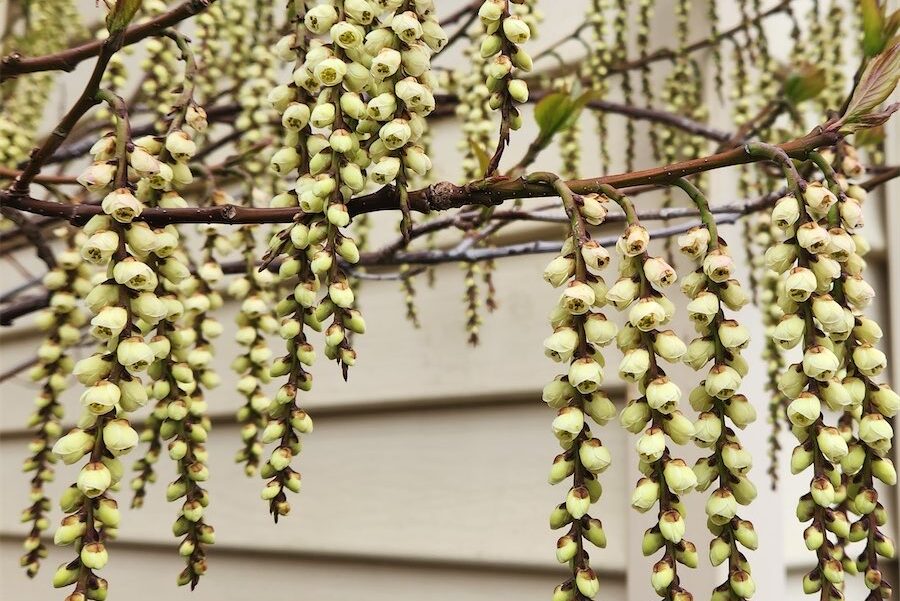
Gardening writer JACKIE WARBURTON looks at striking plant grown for the silvering in its leaves then dives into the vegetable patch. It’s time to get planting!
Astelia is a beautiful, striking plant, grown for the silvering in its leaves.

It can grow up to 1.5 metres tall if planted in the right space – it doesn’t mind wet feet and can be grown in a protected boggy area of the garden.
Astelia Australiana grows well at the National Botanic Gardens and is endemic to Victoria, where this rare, branching rhizome is considered vulnerable.
Another Astelia to try for our climate is the less fickle A. chathamica Silver Spears. A native to NZ, its silver foliage is just as striking and suitable for pots.
NOW the soil is warm and, hopefully, the frosts have gone, the tomatoes, pumpkins, eggplants and all summer vegetables can be planted out into the garden.
Once planted, place a little diatomaceous earth around seedings to keep night insects such as slaters and pill bugs at bay.
Water in the morning to allow the plant to take up the moisture during the day and to prevent any fungal rotting if the night temperatures are still a bit cool.
Mulch around the base of the plant with sugar cane mulch or pea straw or, best of all, compost .
Pumpkins need at least four metres of space to have good growth. They can be grown on a fence or on the ground.
All pumpkins have male and female flowers on the one vine and both flowers need to be open at the same time of the day and to have bees visit.
If the female flower is not pollinated it will grow into a silly looking pumpkin, turn yellow and drop off. To increase bee activity, plant flowers such as alyssum and calendulas or anything flowering around pumpkins. Add a bee bath, too.
WHEN thinking about tomatoes, look out for heirloom or heritage seeds or seedlings to grow. These seeds have been collected for years and years and have not been genetically modified for mass production in the commercial market.
Heirloom seeds can be kept and grown year after year whereas most, grafted, store-bought tomatoes may not grow the same tomato next year. Tomatoes like an acid soil and if there has been overhead watering and more rain on new plants a sprinkle of dolomite lime on the leaves to help with any fungal issues. They are a vine and need support to grow off the ground and away from rats and possums.

STACHYURUS praecox, a small, deciduous tree that caught my eye many years ago in old Canberra gardens, is one of the most beautiful winter-flowering plants that grows in our region. And now I have one in my garden.
It flowers before the spring leaves appear. The dainty, pendulous racemes in winter are lovely. They don’t mind the shade and can be trained on a wall or espaliered if space is tight.
Good compost-rich soil is all they need, and their autumnal foliage is dramatic as well. It’s a good all-round shrub for our climate and a must-have for any garden enthusiast.
Jottings…
- Plant dahlia tubers this month and before Christmas.
- Keep watering fruit trees that are developing fruit.
- Prune azaleas and rhododendrons after flowering.
- Sow seeds of autumn flowers such as calendula and snapdragons.
- A short walk-and-talk looking at significant plantings in the English garden, Weston Park, Yarralumla, 3pm, October 20. Book at 0421 972287.
Who can be trusted?
In a world of spin and confusion, there’s never been a more important time to support independent journalism in Canberra.
If you trust our work online and want to enforce the power of independent voices, I invite you to make a small contribution.
Every dollar of support is invested back into our journalism to help keep citynews.com.au strong and free.
Thank you,
Ian Meikle, editor









Leave a Reply